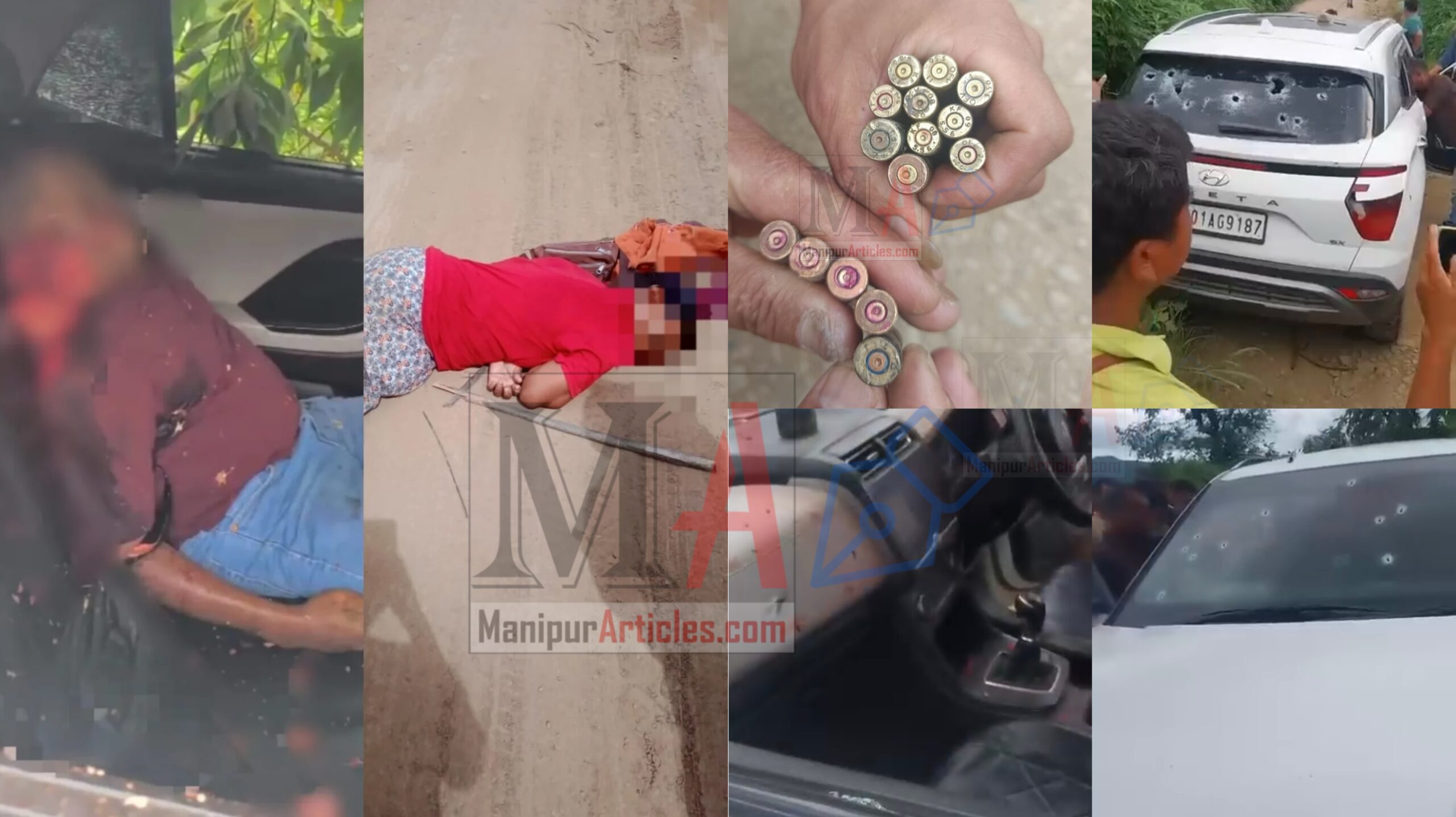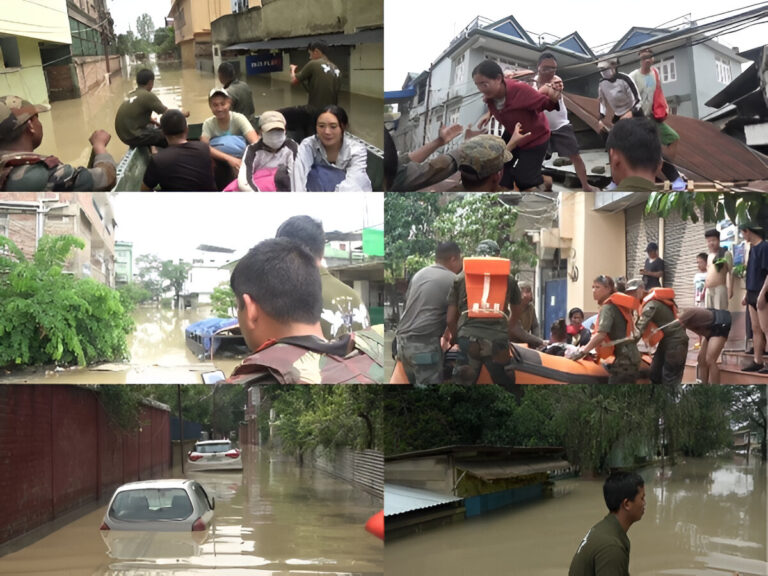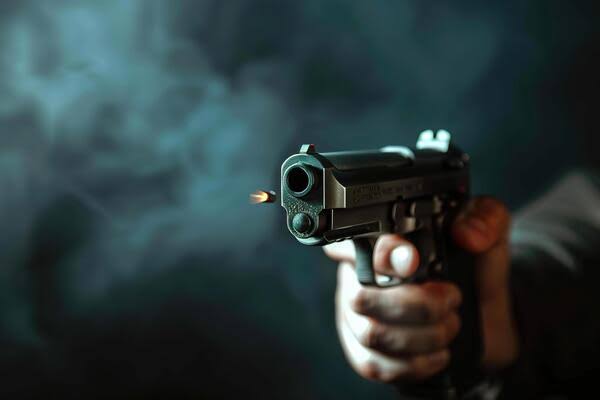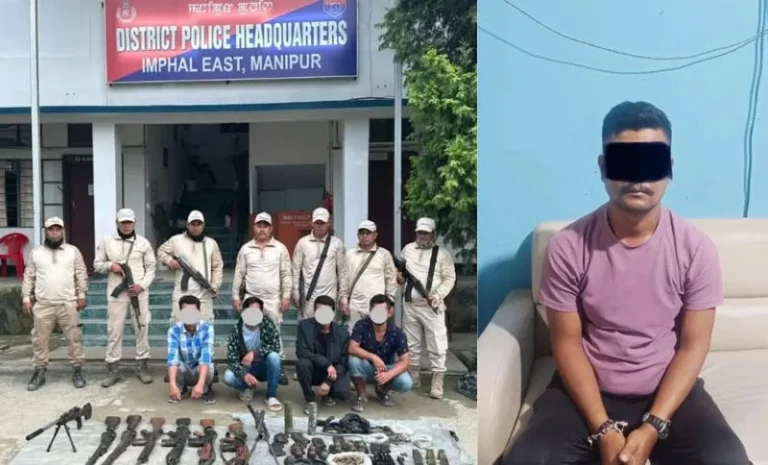Manipur KNA Commander Among Four Killed in Churachandpur
Summary of the News Article
On June 30, 2025, unidentified gunmen ambushed a vehicle near Mongjang village in Churachandpur, Manipur, killing four people: Thenkhothang “Thahpi” Haokip, deputy commander-in-chief of the Kuki National Army (KNA), two of his bodyguards, and a 72‑year‑old woman bystander . Authorities suspect the rival United Kuki National Army (UKNA) claimed the attack, allegedly as retaliation for previous clashes The incident has raised alarm over factional violence and may impact ongoing peace talks under the Suspension of Operations (SoO) framework
Introduction: Shocking Ambush in Manipur
Have you ever paused to wonder how deep-rooted conflicts in remote corners of our country still shape everyday lives? On June 30, 2025, Mongjang—a seemingly quiet village in Churachandpur, Manipur—bore witness to tragedy. A Kuki National Army (KNA) convoy was ambushed, killing not only senior insurgents but also an innocent woman passerby. The news rippled across the region, reigniting fears of escalating factional violence.
detectives, without losing human insight.
1. What Exactly Happened on June 30?
1.1 The Ambush
At around 1–2 pm near Mongjang village, KNA deputy commander Thenkhothang Haokip—commonly known as “Thahpi” and aged around 48—was traveling in a white SUV with two bodyguards. Suddenly, unidentified assailants opened fire at point-blank range Just like a script from an action movie, bullets rained down while locals watched in horror.
1.2 Casualties
Three KNA men were killed immediately. The group included Thahpi, Seikhogin (34), and Lengouhao (35)—Lengouhao, notably, was the son-in-law of KNO (Kuki National Organisation) chief PS Haokip . Adding to the tragedy, 72-year-old bystander Phalhing, a woman from Koite village, succumbed to stray fire
1.3 Weaponry Details
Police recovered over a dozen 5.56mm shell casings—standard issue for military-grade rifles—confirming the attackers used high-powered weapons
2. Who Was Thahpi Haokip? A Key Figure in KNA
2.1 Profile of a Deputy Chief
Thahpi was the deputy commander-in-chief of KNA, the armed wing of the KNO—a leading Kuki insurgent group engaged in dialogue with the government under the SoO agreement . This makes him one of the highest-ranking militants to be killed recently, raising alarm bells about wider instability.
2.2 Personal Ties with the Leadership
Adding weight to this attack, Thahpi was PS Haokip’s son-in-law. PS Haokip himself is a pivotal figure, prominently leading Kuki negotiations with authorities
2.3 Why His Death Matters
Removing such a senior commander can cause strategic rifts in KNA—impacting chain-of-command, morale, and ongoing negotiations. This isn’t just another attack—it strikes at the heart of a key faction.
3. The UKNA Factor: Rivalry Turns Deadly
3.1 UKNA Steps Forward
A statement circulated by the United Kuki National Army (UKNA)—a breakaway group not part of SoO—took responsibility. They claimed Thahpi was “punished” for allegedly killing one of their PROs, Satkhohao, and around 30 others
3.2 Rival Factionalism—A Dangerous Trend
This feud underscores how intra-Kuki tensions can spiral violently. UKNA remains armed and unregulated—outside of any ceasefire agreement . While KNA followed SoO norms, UKNA chose survival through violent assertion.
Conclusion: A Turning Point or a Throwback?
The ambush highlights a grim reality: even as some groups talk peace, others choose bullets as their language. The death of Deputy Commander Thahpi is a shock, but it shouldn’t paralyze hope. Instead, it can serve as a moment for recalibration—on all sides.
Can the central government, armed groups, and local communities turn this into a tipping point for stronger dialogue, tighter agreements, and peace that actually filters to villages like Mongjang? Only time will tell. But the urgency? That’s undeniable.
Five FAQs
Q1: What is the SoO agreement and why does it matter?
SoO (Suspension of Operations) is a ceasefire pact between insurgent groups like KNA/UPF and the government. It allows camps, dialogue, and weapon storage under civilian oversight. It’s key to peace—but it excludes rogue factions like UKNA
Q2: Why did the UKNA attack Thahpi Haokip?
UKNA claimed Thahpi was responsible for killing their leader Satkhohao and around 30 more, declaring the ambush an act of punishment
Q3: Who was the innocent woman killed?
A 72-year-old bystander, identified as Phalhing from Koite, was struck by stray bullets and later died at Churachandpur District Hospital
Q4: Could this attack affect autonomy talks?
Absolutely. The death of a senior commander could derail KNA’s negotiation strength—either weakening their stance or prompting harder demands for protection .
Q5: What security steps are in place now?
Police and Assam Rifles have cordoned off the region. The government may enhance SoO enforcement,tinge UKNA involvement, or increase deployment to prevent further violence .




